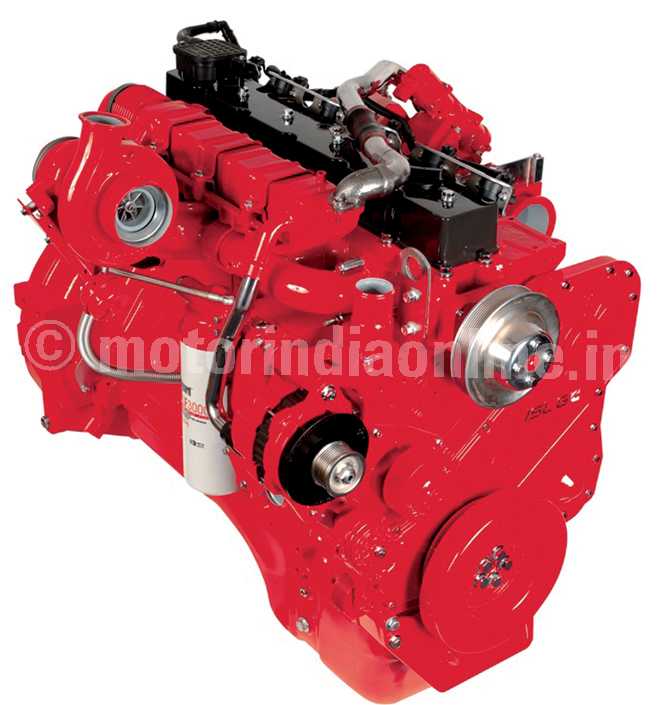The Cummins Euro 6 ISL G natural gas engine is close to certification, which is expected in October. The 8.9 litre engine is available from 250 to 320 ps for alternative fuel bus applications, with a peak torque of 1356 Nm.
It uses a combination of cooled exhaust gas recirculation (EGR) with stoichiometric combustion. Cummins-cooled EGR lowers combustion temperatures and reduces engine out emissions and noise. Stoichiometric combustion, where fuel is burned completely, ensures an oxygen-free exhaust. It enables the use of highly efficient three-way catalyst after-treatment. The maintenance-free, three-way catalyst technology is an effective, simple, passive device, packaged as part of the exhaust muffler, providing consistent emissions control across the operating range.

Mr. John Burgess, General Manager for Cummins gas engine business, said: “Cummins engineers are working on the certification of the Euro 6 ISL G engine, with approval expected in October. This enables vehicle manufacturers to deliver Euro 6 vehicles in line with the legislation. Our expectation is that the ISL G will benefit our customers in helping them to provide a quiet, ultra-clean bus which will deliver benefits to the operator, the travelling public and the environment.”
For Euro 6, ISL G engine requires minimal changes from Euro 5. A closed crankcase ventilation (CCV) system is added and the electronic controls are upgraded. The new remote mounted CCV system recycles crankcase blow-by gases to minimize exhaust emissions and optimize the greenhouse gas benefits of natural gas engines. An updated electronic control module is required to manage the On-Board Diagnostics (OBD) requirements for Euro 6.
The engine can run on compressed and liquefied natural gas or bio methane, which is renewable natural gas made from biogas or landfill gas and upgraded to vehicle fuel quality.
“We have an additional challenge to complete the Euro 6 certification of our gas engines. The legislation includes a requirement to be able to measure ammonia emissions, given the need for Adblue injected SCR systems with diesel engines. Due to the ultra-clean nature of natural gas products, only a three-way catalyst after-treatment is needed, with no SCR Adblue injection required. Cummins are working with the authorities to clarify this and enable certification of the ISL G,” added Mr. Burgess.